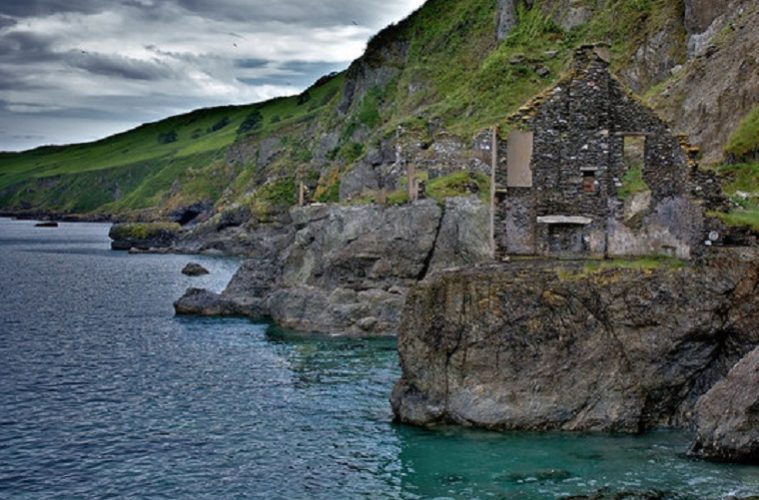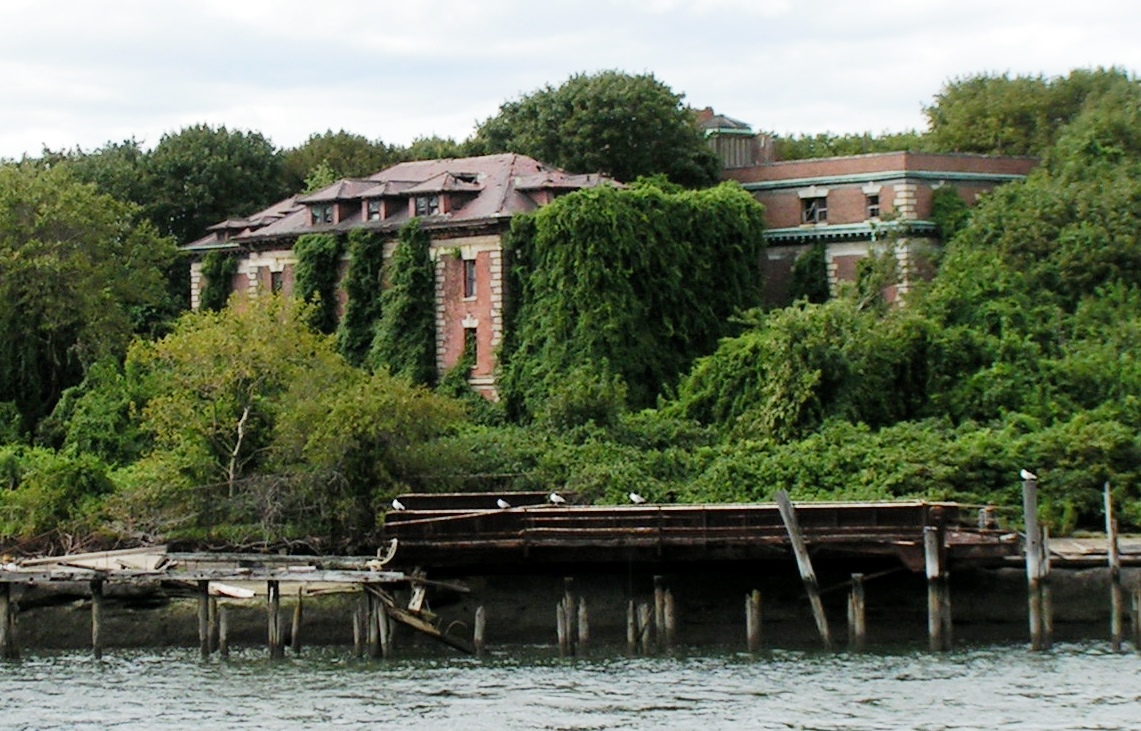Everything that comes from this earth will eventually go back to it – with a few exceptions, as the plastic in our oceans proves. In our modern world, where nature is repeatedly sacrificed to make way for mankind’s progress, there are places where mother nature has reclaimed what rightfully belongs to her. The results are spectacular and haunting.
Angkor Wat, the temple complex in Cambodia, and one of the largest religious monuments in the world, has faced extensive damage as a result of vegetation overgrowth. Iconic images of the temple show the jungle irrevocably entwined with 12th century construction.
But although arguably the most famous structures reclaimed by mother nature, it’s not the only – and there are some that are surprisingly close to modern civilisation.
Abandoned houses covered with overgrown vegetation in Houtouwan Village on Shengshan island, Zhejiang province. Once a thriving fishing community of sturdy brick homes on the steep island, Houtuwan is now abandoned, with the remaining houses sealed in a lush layer of green. pic.twitter.com/FOANznrmvc
— CCTV (@CCTV) June 8, 2018
This Chinese "ghost town" has been almost entirely reclaimed by nature. pic.twitter.com/gJEJNngDpS
— South China Morning Post (@SCMPNews) June 11, 2018
Urban aquarium
The New World Mall in Bangkok closed just 15 years after its opening in 1982 when local government discovered it had been built 11 storeys high – permission had been granted for just four. A demolition team destroyed seven floors, leaving the building roofless.
Years of rainwater formed a sizable pond at the heart of the mall’s ground floor, making it a perfect breeding ground of mosquitoes. To combat an impending health disaster, locals brought a few mosquito-eating fish to rid the area of the pests and unknowingly created a surreal and self-sufficient ecosystem.
It became a beautiful but eerie urban aquarium with koi carp taking up every inch of the 5,000 square feet floor. Despite being condemned, the mall was a hit with tourists and locals and attempts to keep people away failed, so the thousands fish were relocated.
Parks and recuperation
Not far from New York City’s South Bronx is North Brother Island (NBI). This 22-acre island is in the East River and is off-limits. It’s home to crumbling structures, some dating from the 19th century, that once housed people with communicable diseases such as typhoid fever and tuberculosis, including Typhoid Mary Mallon, the infamous asymptomatic carrier who was housed there against her will in the early 20th century.
The island began its dormancy in 1963 and while the debate over future use (dump or prison) continued, nature reclaimed its land. The Parks Department has had control of the island since 2001 and there are rumours of limited curated tours, but it’s currently wild parkland, not an open park.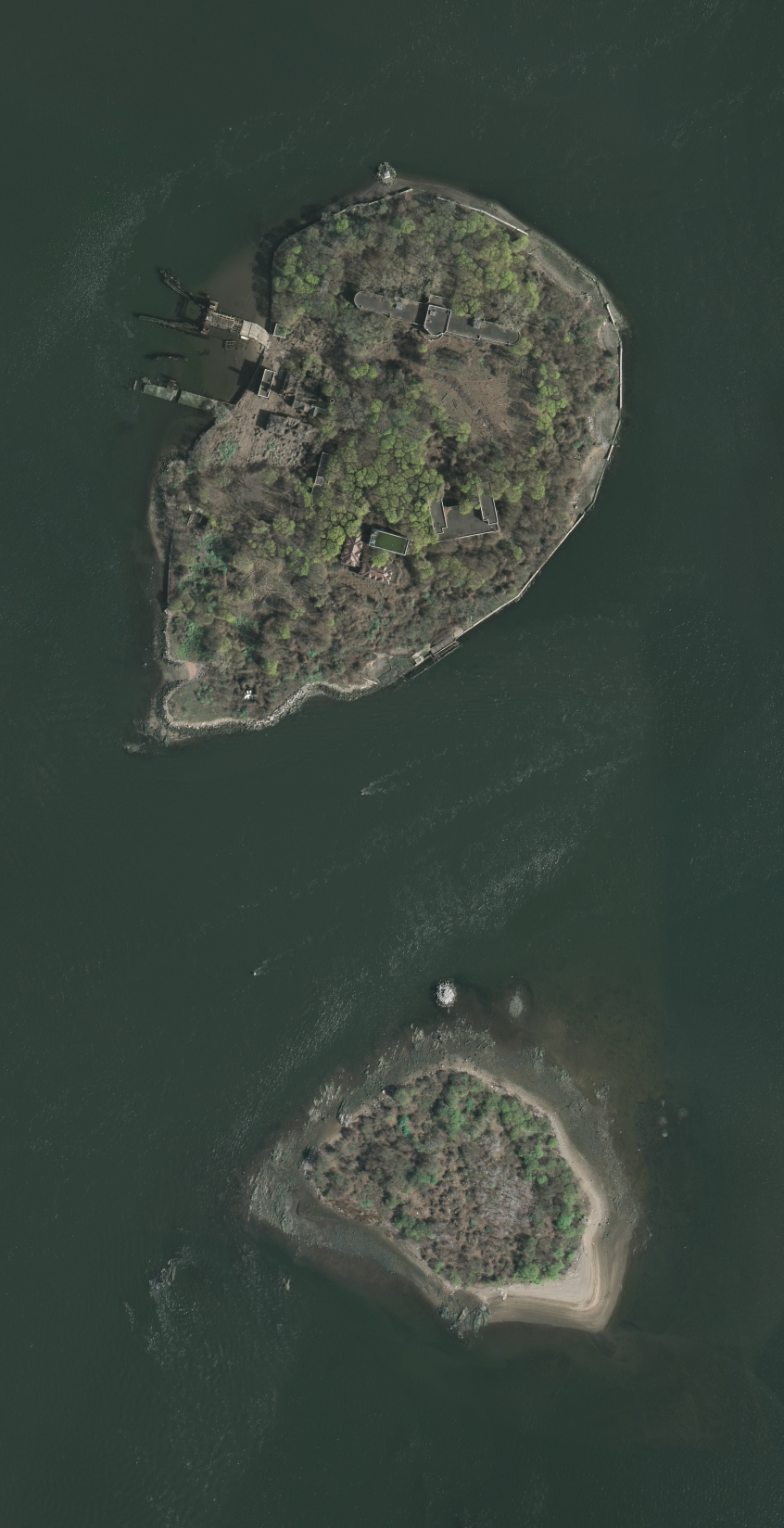
Tunnel of love
A section of industrial railway between Klevan and Orzhiv in the Ukraine is an unlikely place for romance, but this 5km stretch of rarely used track has become known as the Tunnel of Love. It’s used by rolling stock just three times a day: the remainder of the time, this fairy-tale track offers walks, games and photography through nature’s beautiful green arches. Legend states that couples who ride through the tunnel together and make a wish will get what they want.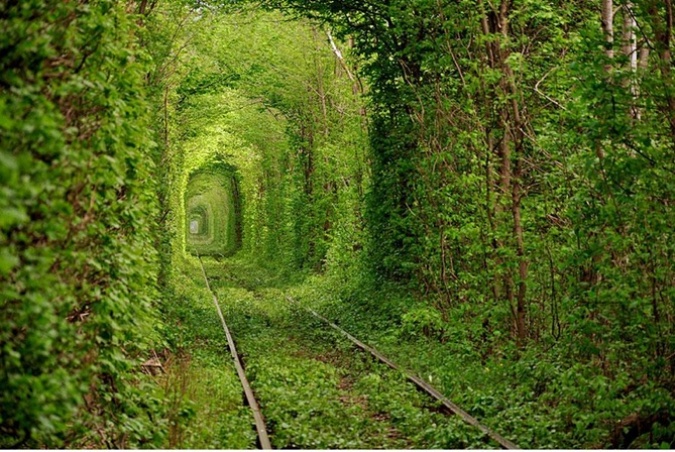
Sands of time
Kolmanskop is a ghost town in southern Namibia. Since diamond mining was abandoned in 1954, the desert has reclaimed this village. Once a small but very rich mining village, it is now a tourist destination run by the coalition of the Namibian government, and the mining company De Beers.
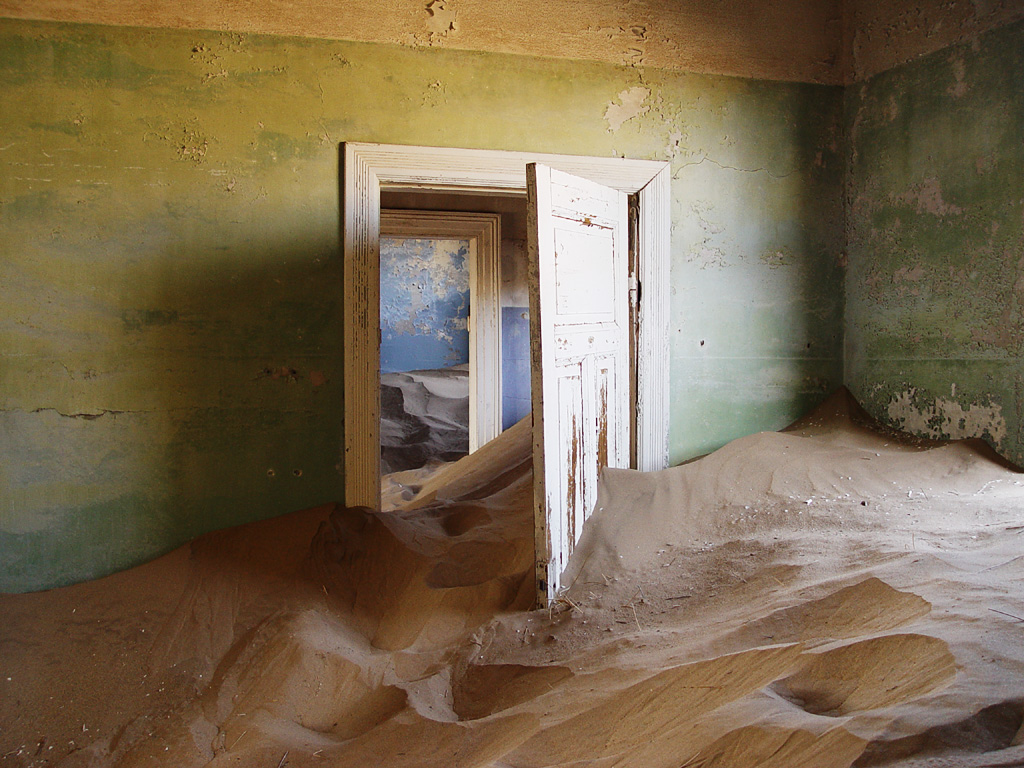
Genesis 3:19 “For dust you are, and to dust you shall return”.

